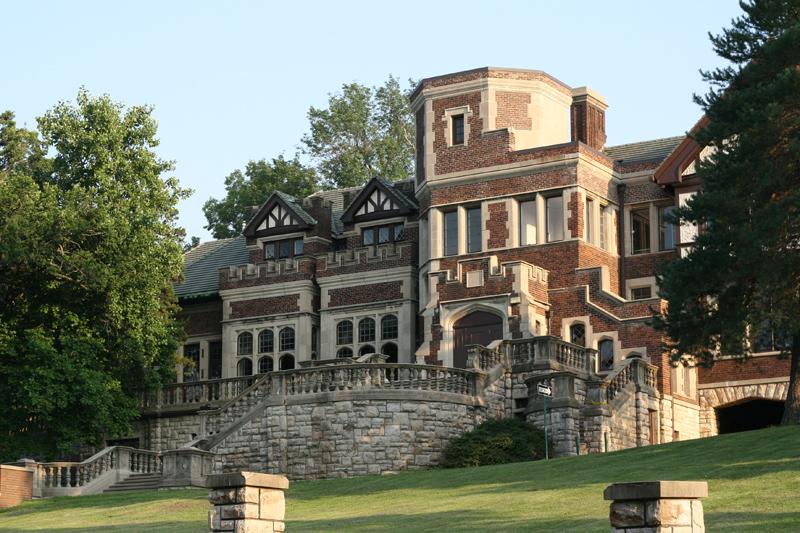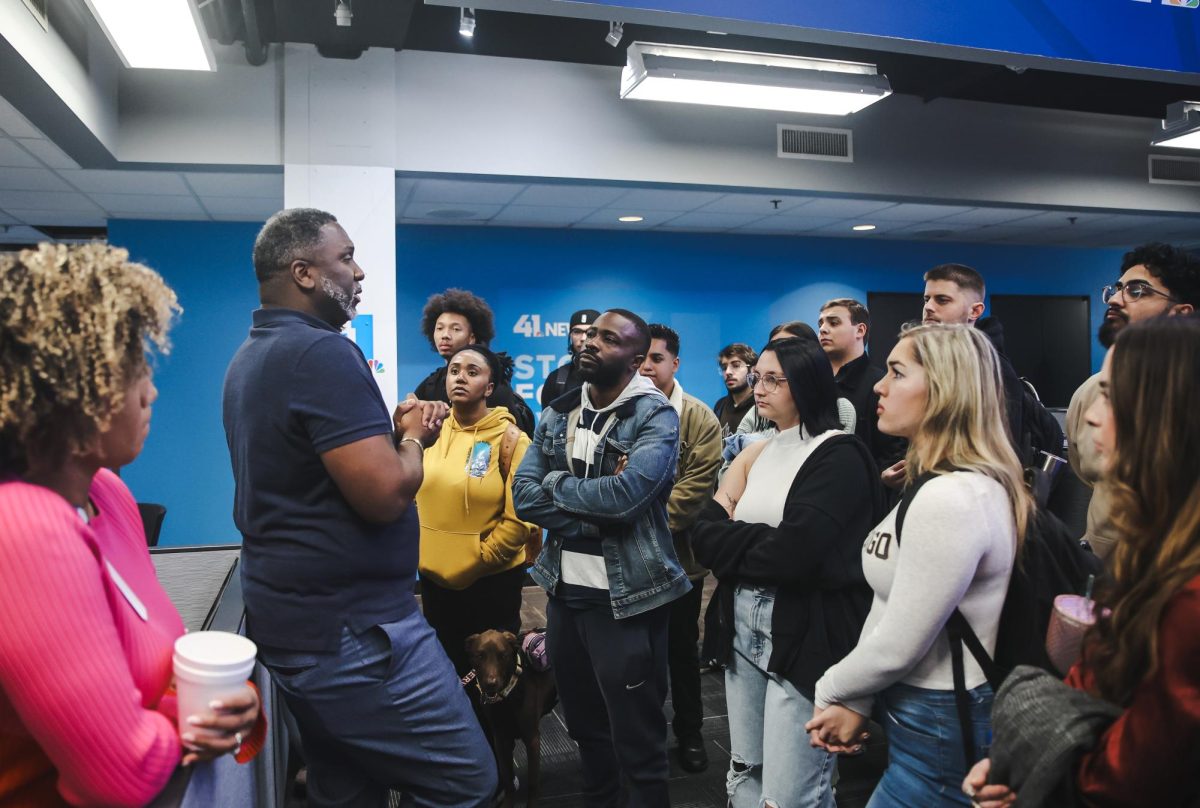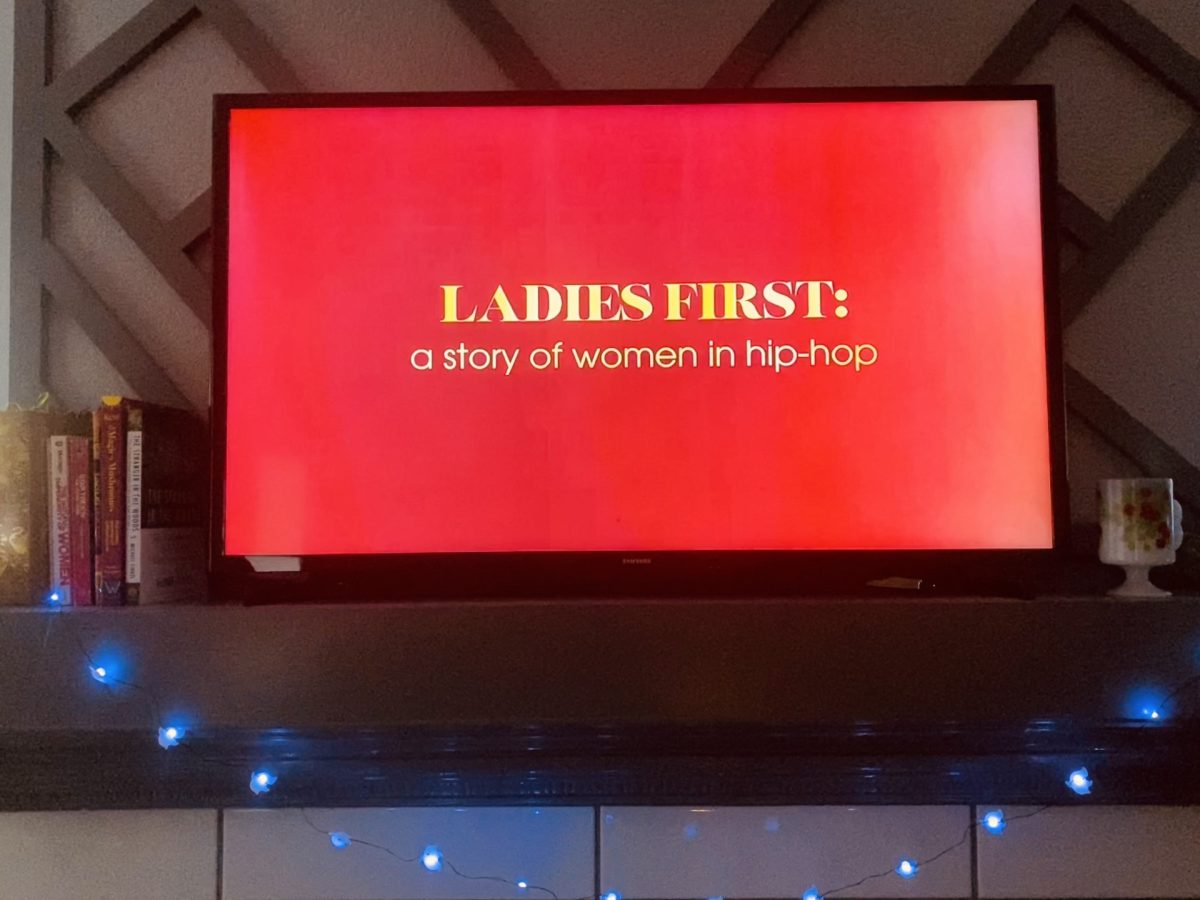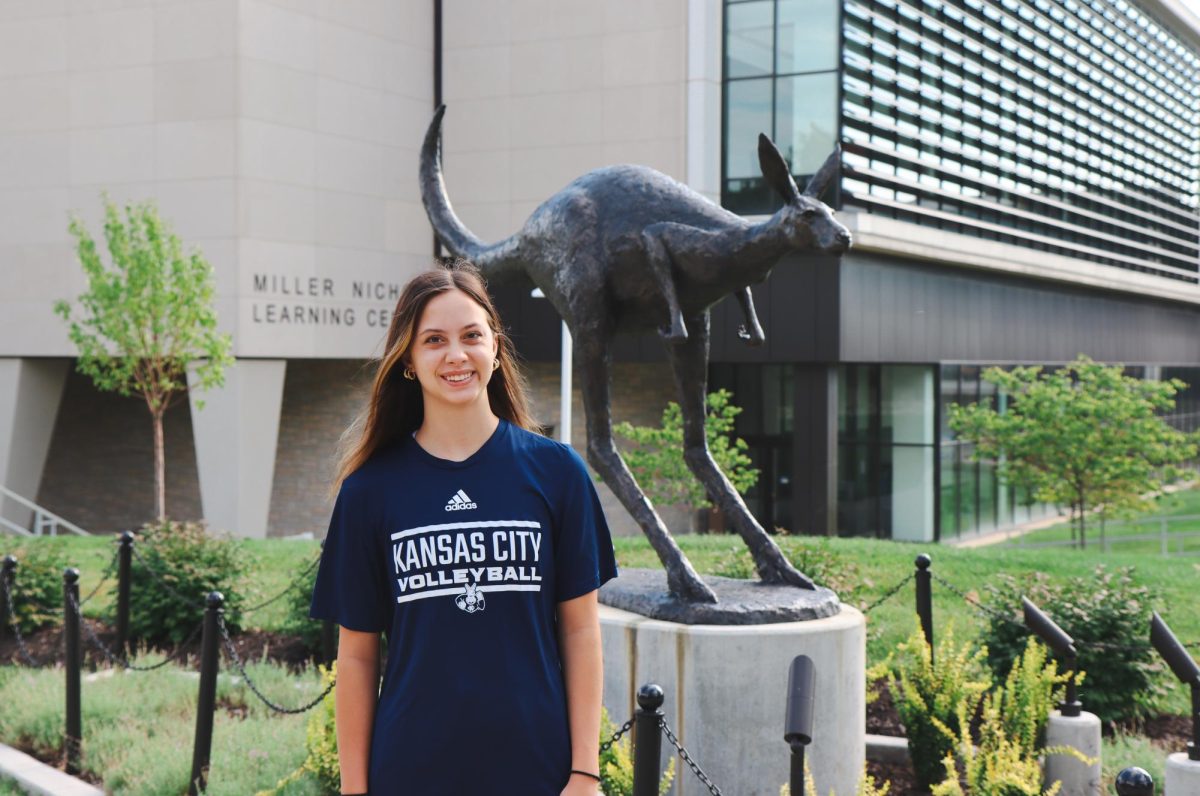The Epperson House is running low on hope.
The once beautiful, lively and allegedly haunted mansion now sits desolate in disrepair atop the hill at the corner of 52nd and Cherry streets.
“I fear for the future of Epperson House, I really do,” said Chris Wolff, UMKC’s campus historian.
The house was built in the early 1920s by Uriah Spray Epperson, one of the wealthiest men in Kansas City at the time. He and his wife Mary Elizabeth were prominent members of Kansas City society at the turn of the 20th century, known to support various charities of music and art in the city.
Their house was completed in 1922, but by 1939 both Uriah and Mary had passed away. Having no children of their own, the house was eventually donated to the university where it has taken on various functions over the years. The Epperson House has served as housing for aviation cadets during World War II, space for university classrooms and faculty offices, and even meeting spaces for multiple university clubs and programs.
Then, in 2010, the doors to Epperson House closed and have yet to reopen.
Over a decade later, the house remains vacant, accruing a century worth of wear and tear, desperate for new purpose and funds to aid in its renovation and revival.
The greatest hurdle the house on the hill faces is compliance with the Americans with Disabilities Act (ADA). Passed in 1990, the ADA requires that public buildings be accessible for all people. Like many grand mansions of its time, Epperson House has a unique floor plan that fails to be ADA compliant in its current state without enduring major renovations.
“Every time you walk from one room to another room, you have to go up or down a few steps,” explained Wolff. “To be ADA compliant, you would have to put in modern elevators, ramps and chairlifts everywhere around the house, which would destroy its character.”
Forfeiting the house’s historic charm and character is not the only issue in complying with ADA requirements. The price of compliance renovation is estimated to cost the university more than $15 million.
Meanwhile, the university is already spending between $30 to 50 thousand annually to heat and cool the vacant building to preserve what remains of the once charming residence.
Since Chancellor Mauli Agrawal came to the university in 2018, he has voiced his desire to revive the Kansas City gem. He said he has reached out to the Kansas City business community in hopes of a partnering investment. Unfortunately, no proposal has been deemed worthy of the steep cost of restoration.
“Right now there is no reason to fix it other than to just preserve it. That is not a strong enough reason to invest upwards of 15 million dollars,” explained Wolff. “We don’t have the money to fix it, and we don’t have a program that is bursting at the seams that needs the space.”
In a press conference with Roo News earlier this year, Agrawal said that the university was exploring the option of leasing or even selling the Epperson House. In order to do so, the university would require approval from the Missouri state legislature.
As it stands, the future of Epperson House relies on an out-of-the-box idea and a willing donor with deep enough pockets to bring life and light back to the once magnificent residence. The mansion stands to face an uncertain future, having no plans in place to restore the piece of Kansas City history to its original grandeur.
egs8d2@umkc.edu








